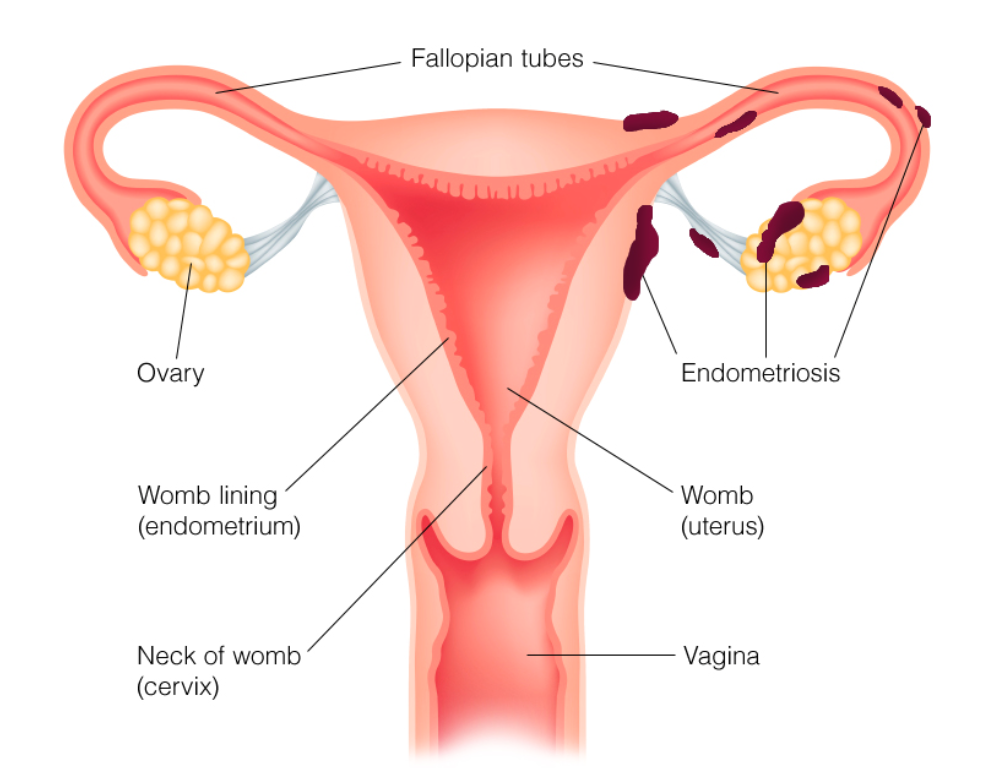Endometriosis is a condition that affects a woman’s reproductive organs. It happens when the tissue that lines the uterus begins to grow outside the uterus.
Every month, the tissue growing outside the uterus act like those in the womb, they build up, break down and then bleed but unlike the tissue in the womb, this blood has no way to escape.
It is a chronic and debilitating condition that causes painful or heavy periods. It may also lead to infertility, pelvic pain, fatigue, bowel and bladder problems
Estimated, over one million women in Nigeria are affected by Endometriosis, 20% to 50% of women being treated for infertility have endometriosis.



